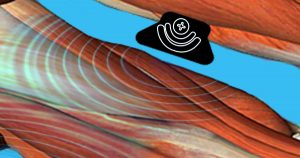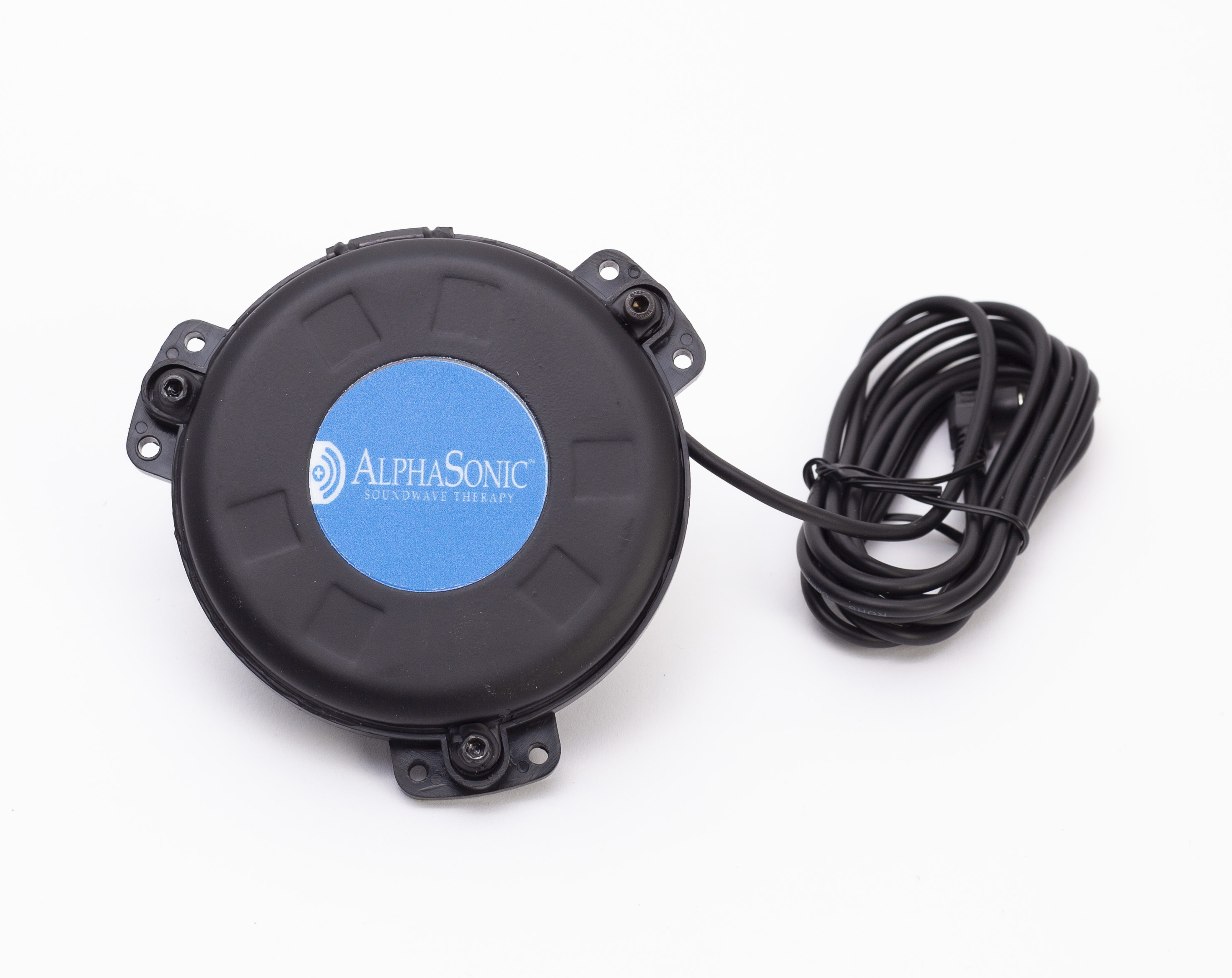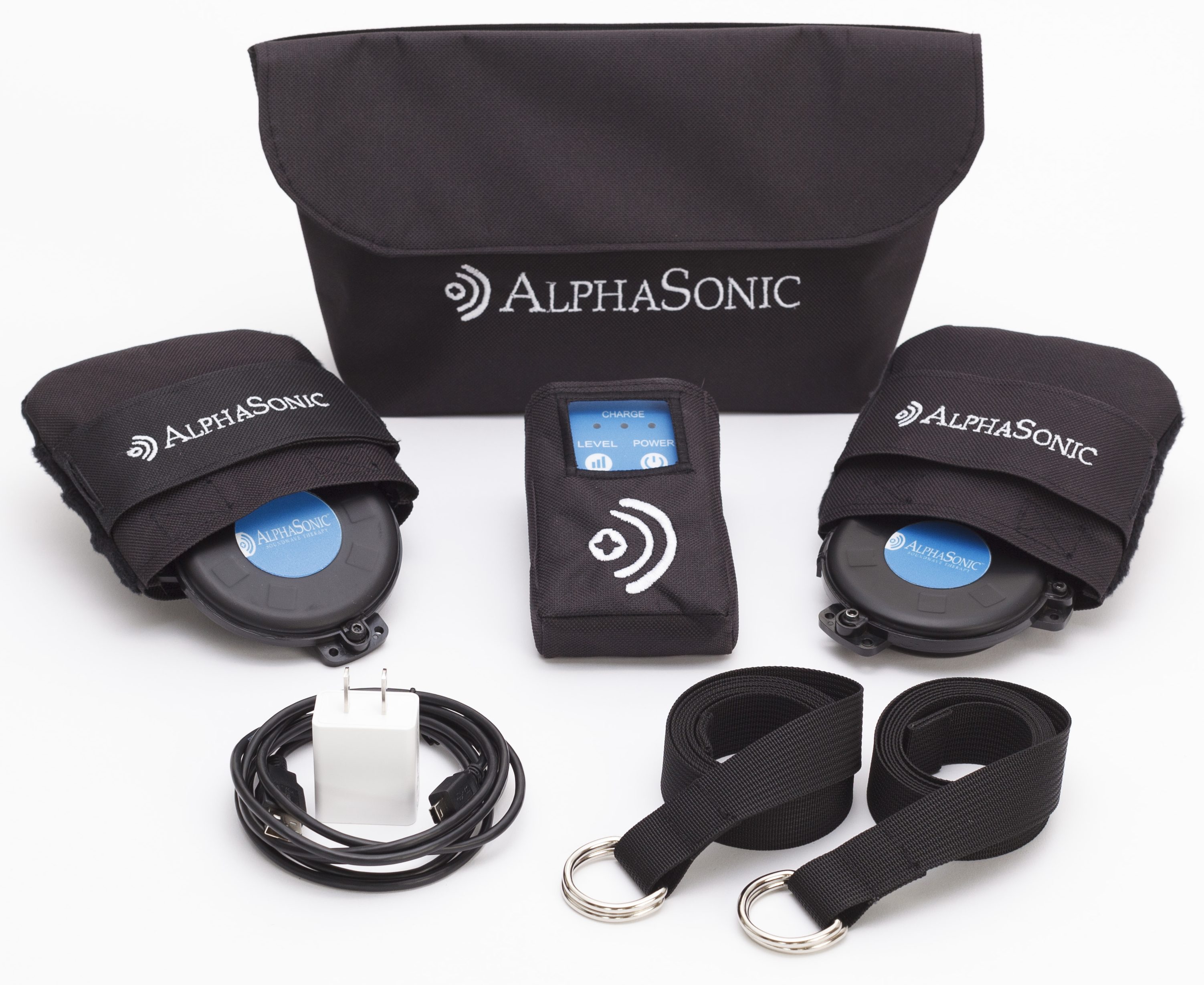About Low Frequency Sound Waves
 Low frequency sound wave technology is a promising alternative and adjunct to conventional medicine that targets specific brainwaves in order to promote enhanced health. There are five main types of brainwaves that play a role in different bodily functions [1]:
Low frequency sound wave technology is a promising alternative and adjunct to conventional medicine that targets specific brainwaves in order to promote enhanced health. There are five main types of brainwaves that play a role in different bodily functions [1]:
- Delta waves (0 to 4 Hz): Involved in resting activities including deep sleep
- Theta waves (4 to 7 Hz): Involved in deep relaxation, visualization, and light sleep
- Alpha waves (7 to 13 Hz): Involved in wakeful relaxation and calmness
- Beta waves (13 to 35 Hz): Involved in active movement and thinking processes
- Gamma waves (Higher than 35 Hz): Involved in higher cognitive functions and mental activity
In terms of enhancing health, the stimulation of alpha and theta brainwaves helps boost the body’s natural healing processes, as decreased activity at these frequencies has been observed in individuals with certain health problems [1, 2]. More specifically, clinical research shows that increased alpha and theta brainwave intensity can improve mental functioning by reducing stress and anxiety, the latter of which are linked to impaired health [3].
Low frequency sound wave technology involves the administration of specific sound wave frequencies through auditory beats or sounds in order to stimulate various brainwaves. Research suggests that brainwave stimulation with low frequencies (less than 20 Hz) is generally associated with improved health, while higher frequencies may have no effect at all or cause emotional annoyance [4, 5]. Accordingly, sound wave therapy is deemed as safe and rare adverse reactions occur with stimulation frequencies that are higher than 20 Hz. This means that sound wave therapy which enhances alpha brainwave activity by delivering frequencies between 7 to 13 Hz has the ability to boost cognition and overall health [1, 3, 4].
- Roohi-Azizi M, Azimi L, Heysieattalab S, Aamidfar M. Changes of the brain’s bioelectrical activity in cognition, consciousness, and some mental disorders. Med J Islam Repub Iran. 2017;31:53.
- Synek VM, Synek BJ. Theta pattern coma” occurring in younger adults. Clin Electroencephalogr. 1987;18(2):56-60.
- Dadashi M1, Birashk B2, et al. Effects of Increase in Amplitude of Occipital Alpha & Theta Brain Waves on Global Functioning Level of Patients with GAD. Basic Clin Neurosci. 2015;6(1):14-20.
- Reedijk SA, Bolders A, Hommel B. The impact of binaural beats on creativity. Front Hum Neurosci (2013) 7:786.
- Waye KP. Noise and Health – Effects of Low Frequency Noise and Vibrations: Environmental and Occupational Perspectives. Encyclopedia of Environmental Health. 2011:240-253. Doi: 10.1016/B978-0-444-52272-6.00245-

What is the AlphaSonic™?
The AlphaSonic™ consists of two components, a device, and the Protocol Library.
The AlphaSonic™ device emits low-frequency sound waves in the alpha range in a unique pattern. These inaudible signals travel throughout the body with a rippling effect, penetrating deeply through cellular structure, moving stagnant fluids and activating cellular response. The sound waves do not create or produce heat, so there is no risk of irritating already inflamed or hot areas.
Using the AlphaSonic™ does not require any gels or prep. The sound waves can penetrate through bandages, boots and even plaster casts, so disrobing is not required.
The Protocol Library is a collection of 153 easy to follow step-by-step instructions for using the AlphaSonic™ device to support a wide range of health issues for people and animals. The Protocol Library is approximately 500 pages in digital format.
Purchase of the AlphaSonic™ is available to members only. Membership is free. As a member you will gain access to additional information and purchasing priveleges.




